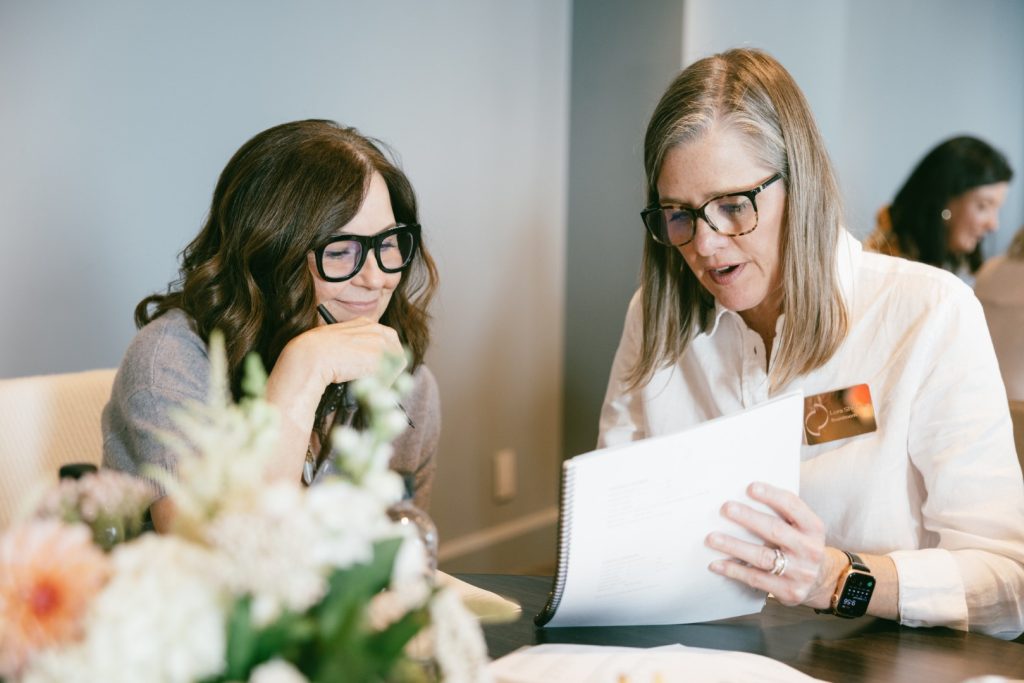Internships are an essential component of many interior design degree programs. They provide students with real-world experience and, for many, their first exposure to the workings of an interior design business. Internships can be a valuable asset for interior design firms, as well. In addition to expanding the capacity of the team, internships can be a great way to identify talented new designers to fill upcoming or future positions.
Design an internship experience
Whether a current student or recent grad, internship applicants want to learn as much as they can about the operations of an interior design firm. Without proper preparation, however, they can wind up being relegated to performing low-level tasks that have little educational value. Enter the stereotype of interns only getting coffee for all of the employees!
Before taking steps to bring on an intern, consider what your needs and objectives are for doing so. Are you just looking for some temporary extra help, or are you interested in mentoring a future design professional? In either case, what tasks and experiences can you offer a prospective intern candidate to make their time in your firm worthwhile? Sketch out a week-by-week program that will expose the intern to a variety of tasks and duties. This can include:
- assisting with ongoing projects
- auditing client and vendor meetings
- reviewing basic financial statements
- becoming familiar with the materials and samples library
Fill in the gaps
Looking back on their first few years in the profession, many experienced designers point to two things they did not learn in design school. These are the business side of running an interior design firm and managing client relationships. Be sure to integrate into your program some activities and assignments that will give interns some initial insight into those two areas. It will help to round out their education and make them a more valuable employee in the future.
Design students are used to working in teams on their class projects. They are less likely to have experience in the way employees operate in a firm. Similarly, most are not accustomed to operating within the confines of a firm’s vision, culture and objectives. Having them interact with other team members and attend team meetings will allow them to see the difference between their academic experience and what awaits them in the interior design industry.
Offer a guiding hand
Amidst the hustle and bustle of conducting daily business, even the most well-intentioned employers can fall into the practice of assigning an intern to perform tasks in which they have already demonstrated competency. A certain amount of that is to be expected and can have value as well. But plan to spend some time with them regularly and find out what they are interested in learning and doing. Depending on the size of your firm, either you or a senior member of the team should serve as a mentor as well as supervisor to the intern. At a minimum, have a formal meeting once a week to provide them with feedback and answer their questions.
As you would with any new hire, provide the intern on their first day, or prior to their first day, with an orientation to the firm. They can be more productive and helpful if they understand what types of projects the firm does and for what kinds of clients, its goals and objectives, how staff and teams operate, and its policies and procedures. Assign them a staff “buddy” who can show them the ropes and answer basic questions. Make sure everyone on the team understands why they are there and what they will be doing. A welcoming environment will benefit everyone’s morale.
Define outcomes
Either during the hiring process or as part of their orientation, discuss with the intern what are your expectations and what outcomes you are looking for from their time in the firm. You might assign them a project or two. You might ask them to keep a record or diary of what they are learning and to identify areas they want to strengthen in the future. Or you might want to see how they perform on certain specific tasks. The important thing is to focus on results, not checking items off a list
At the end of the intern’s program, be sure to provide them with a formal evaluation and conduct an exit interview, as you would do with any regular staff member. Depending on their performance, you may want to offer to serve as a reference in the future. Or, as sometimes happens, you may want to discuss the possibility of offering them a position, perhaps as a design assistant or junior designer. An internship can serve as a great trial run for exactly that purpose.
With proper planning and supervision, offering a design student or grad an internship can be a highly rewarding experience for the intern and the firm. Even if it doesn’t lead directly to a hire, it can be a good way to establish contacts with new interior designers and maintain a prospective talent pool. Plus, you will have the satisfaction of helping to launch the next generation of design professionals.
